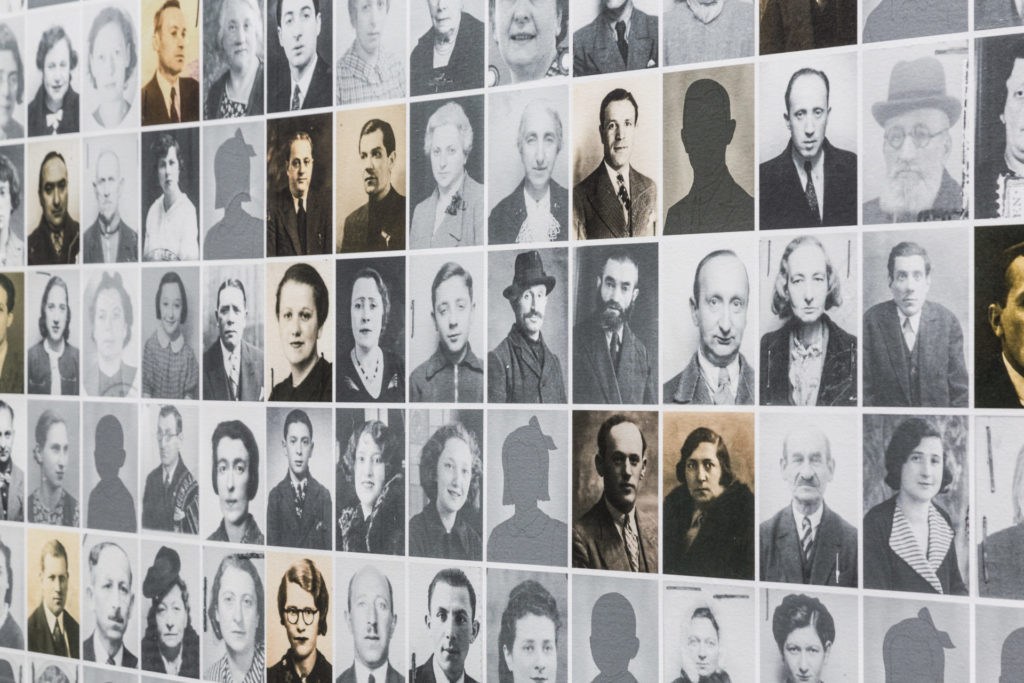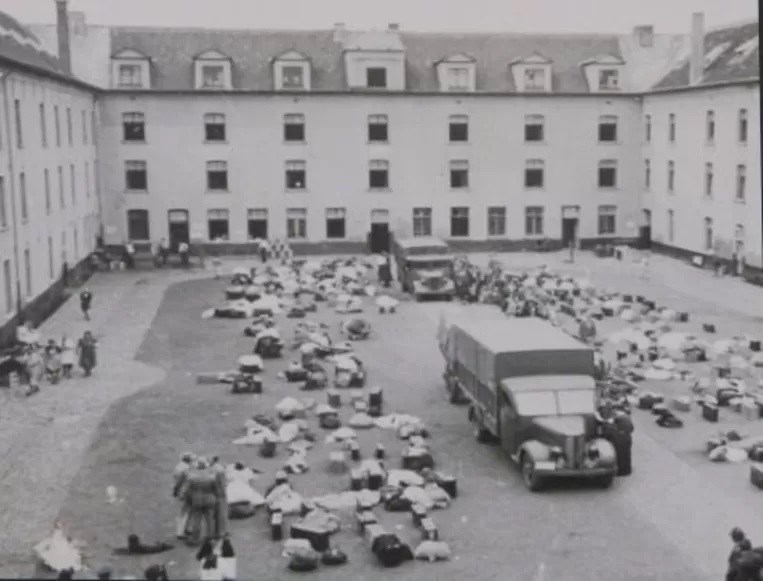Antwerp prosecutor Franky De Keyzer has come up with a novel idea for dealing with offenders against the law on discrimination and hate speech.
As part of a pilot project, anyone found guilty under the law on racism and hate speech will, as part of their sentence, be obliged to pay a visit to the Dossin Caserne in Mechelen, now transformed into the Memorial, Museum and Documentation Center on Holocaust and Human Rights.
The Dossin Caserne or Barracks was built for the Austrian army in 1756, and served as an army barracks though the pre- and post-independence period. In 1936 it took the name of the Belgian general Emile de Dossin de Saint Georges, who had recently died, and was feted as a war hero.
Just four years later, however, Belgium was under Nazi occupation, and the barracks, with its handy railway connection, was turned into a way-station for the transportation of Jews and others from all over this corner of Europe, including parts of Northern France, to the camps.
Most of those who boarded the trains never returned.
Between July 1942 and September 1944, 25,274 Jews and 354 Roma and Sinti were collected and deported to Auschwitz-Birkenau and several smaller camps.
The museum explains: “Two thirds of the deportees were gassed immediately upon arrival. When the camps were liberated, only 1,395 were left alive.”
Inside the building, which now has a forbidding aspect with no view on its surroundings, the once multi-purpose caserne has been transformed into a museum, a memorial and a documentation centre.
Every aspect of the deportations is covered, including piles of clothes and suitcases which the deportees were not allowed to bring. Each item forms a testament to a life left behind, and a soul departed.

© Dossin
Most striking are the portraits: simple identity photos, most in black and white, which come together on the walls to form a massive canvas of the victims of the Shoah. The sheer scale of the montage is overwhelming. On other walls, if it were possible, there would be many millions more.
The caserne’s message is simply to show how collective oppression and collective violence can lead to genocide. The prosecutor wants to being that message to the kind of people who are still making baby-steps in the wrong direction, in the hope that the powerful message can change their direction.
The trip consists of a visit of one hour, a talk later, and a discussion or essay. If the process has an effect, the criminal case can be dropped.
“The collaboration may sound unusual, but it is not just up to the judiciary and the police to solve all social problems,” said prosecutor De Keyzer.
“Certainly for this target public, high fines or long prison terms are not necessarily effective in making it clear that the reasons why they discriminate are not justified. Research has also shown that victims also find it more important that perpetrators are taught insight. They’re more interested in that than in punishment.”

